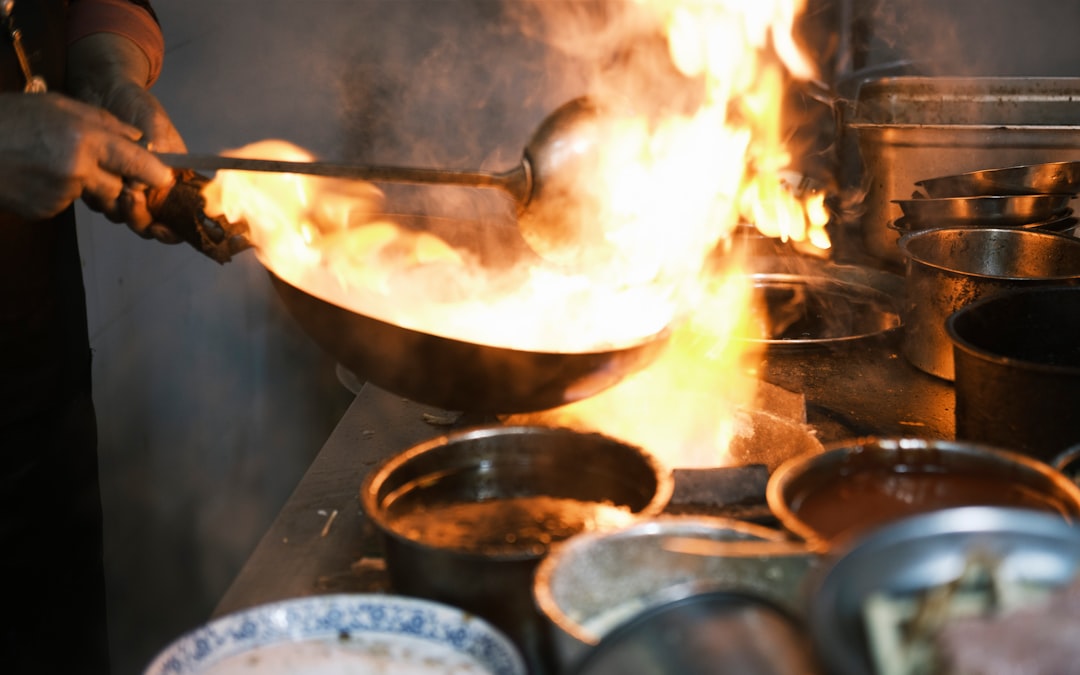The Secret of Tenderizing Meat with Baking Soda

When it comes to creating succulent and juicy meat dishes, most people immediately think of using a salt brine or a meat mallet. However, there's a simple and often overlooked ingredient that can work wonders in tenderizing meat: baking soda. In this article, we'll explore how you can use baking soda to quickly tenderize meat and elevate your meat - cooking game.
First, let's understand the science behind using baking soda for meat tenderization. Baking soda, or sodium bicarbonate, is a mild alkaline compound. When applied to meat, it raises the pH level of the meat's surface. This change in pH causes the muscle fibers in the meat to relax and break down some of the tough connective tissues. As a result, the meat becomes more tender and retains more moisture during the cooking process.
Now, let's get into the step - by - step process of using baking soda to tenderize meat. The first thing you need to do is choose the right type of meat. Baking soda works well on tougher cuts of meat such as beef chuck, round, and brisket, as well as pork shoulder and lamb shanks. These cuts usually have a higher amount of connective tissue, which can make them tough if not properly tenderized.
Once you've selected your meat, rinse it under cold water and pat it dry with a paper towel. This helps to remove any surface impurities and excess moisture. Next, sprinkle a small amount of baking soda evenly over the surface of the meat. A good rule of thumb is to use about 1/4 to 1/2 teaspoon of baking soda per pound of meat. Make sure to rub the baking soda gently into the meat, covering all sides.
After applying the baking soda, let the meat sit at room temperature for about 15 to 30 minutes. This allows the baking soda to start working its magic on the meat fibers. If you have more time, you can also refrigerate the meat for up to 2 hours. However, don't leave the meat with baking soda on it for too long, as excessive exposure to the alkaline environment can give the meat an off - flavor.
Before cooking the meat, rinse it thoroughly under cold water to remove the baking soda. Pat it dry again with a paper towel. Now your meat is ready to be cooked using your preferred method. Whether you're grilling, roasting, or pan - frying, you'll notice a significant difference in the tenderness and juiciness of the meat.
Let's take a look at some specific recipes where using baking - soda - tenderized meat can shine. For a classic beef stir - fry, start by tenderizing a beef chuck steak with baking soda. Cut the tenderized beef into thin strips and marinate it in a mixture of soy sauce, garlic, and ginger. Heat some oil in a wok or large skillet over high heat. Add the beef strips and stir - fry for a few minutes until they're cooked through but still tender. You can then add your favorite vegetables such as bell peppers, onions, and snow peas, and continue to stir - fry until the vegetables are crisp - tender. Serve the stir - fry over steamed rice for a delicious and satisfying meal.
If you're in the mood for a slow - cooked dish, consider making a pork shoulder roast. Tenderize the pork shoulder with baking soda as described above. Rub the roast with a blend of herbs and spices such as rosemary, thyme, salt, and pepper. Place the roast in a slow cooker, add some chopped onions, carrots, and celery, and pour in a cup of beef or chicken broth. Cook on low for 6 to 8 hours until the pork is fall - apart tender. The baking soda will have ensured that the meat is not only tender but also retains its natural juices.
In conclusion, using baking soda to tenderize meat is a simple, cost - effective, and efficient way to improve the quality of your meat dishes. It's a technique that every home cook should have in their arsenal. So, the next time you're faced with a tough cut of meat, don't reach for the salt brine or meat mallet right away. Give baking soda a try and experience the difference it can make in your cooking.